Renewable energy is a vital solution to our growing energy needs and environmental challenges. However, many people believe these energy sources are unreliable due to weather changes. This misconception often overshadows the adaptability and advancements in renewable technologies. In this post, we’ll explain why renewable energy sources are not affected by weather conditions as much as you might think and how they continue to deliver reliable power.
Understanding Renewable Energy Sources
What Are Renewable Energy Sources?
Renewable energy refers to energy obtained from natural sources that are replenished at a rate faster than they are consumed. For instance, sunlight and wind are continuously available and can be harnessed without depletion. These renewable energy sources are abundant and accessible, providing a sustainable alternative to traditional energy methods.
In contrast, fossil fuels—such as coal, oil, and natural gas—are non-renewable resources that take hundreds of millions of years to form. When burnt for energy, fossil fuels release harmful greenhouse gases, including carbon dioxide, which significantly contribute to climate change.
The process of generating renewable energy results in much lower emissions compared to the combustion of fossil fuels. Transitioning from fossil fuels, which currently represent the majority of global emissions, to renewable energy sources is crucial for effectively combating the climate crisis and promoting a healthier planet. Embracing renewable energy not only helps reduce our carbon footprint but also paves the way for a more sustainable and resilient future.
Types of Renewable Energy Sources:
- Solar Energy: Converts sunlight into electricity.
- Wind Energy: Uses turbines to harness wind power.
- Hydropower: Generates electricity from flowing water.
- Biomass Energy: Uses organic materials like plants and waste.
- Geothermal Energy: Taps into heat beneath the Earth’s surface.
The Role of Weather in Renewable Energy
While weather conditions can impact energy generation, recent advancements have made it so that renewable energy sources are not significantly affected. Here’s a brief overview:
- Solar Energy: Although solar panels rely on sunlight, they can still generate electricity on cloudy days. Modern solar technology allows for enhanced efficiency, capturing and converting diffuse sunlight effectively.
- Wind Energy: Wind turbines are designed to operate across a range of wind speeds and weather patterns. Even when winds are light or variable, advancements in turbine design ensure that energy generation continues as efficiently as possible.
- Hydropower: Hydropower generation depends on water flow, but the use of reservoirs helps regulate energy output during dry spells. This storage capability allows for a consistent energy supply, even when natural water levels fluctuate.
By diversifying energy sources, we can minimize weather-related impacts.
Solar Energy
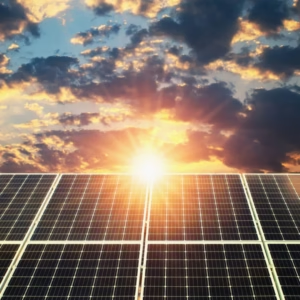
How It Works
Solar energy harnesses sunlight through solar panels, which absorb this light and convert it into electricity. Remarkably, solar panels are capable of generating power even in low-light conditions, such as on cloudy days. This ability makes solar energy a versatile and reliable source of renewable power, showing that renewable energy sources are not affected by weather conditions.
Harnessing the Power of Solar Energy
Solar energy is the most abundant energy resource and can be harnessed even in cloudy weather. The Earth receives about 10,000 times more solar energy than humanity consumes.
Solar technologies provide heating, cooling, natural lighting, electricity, and fuels through photovoltaic panels or mirrors that concentrate sunlight. While solar energy availability varies by country, every nation can benefit from its contributions.
The cost of solar panel manufacturing has significantly decreased in the past decade, making them an affordable and often the cheapest source of electricity. With a lifespan of around 30 years, solar panels come in various shades based on the materials used.
Advancements to Overcome Weather Challenges
To enhance the efficiency and reliability of solar energy systems, several innovations have been developed:
- Battery Storage Systems: These systems store excess energy generated during sunny periods for later use. This means that even when the sun isn’t shining, households and businesses can still access stored electricity, providing a consistent power supply.
- Solar Tracking Systems: These advanced systems optimize energy capture by adjusting the angle of the solar panels throughout the day. By following the sun’s path, tracking systems ensure that panels receive maximum sunlight exposure, significantly boosting energy generation.
Wind Energy
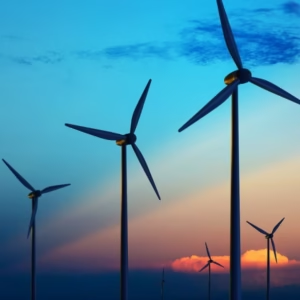
How it works
Wind turbines convert kinetic energy from the wind into electricity. By capturing this natural resource, turbines play a crucial role in generating renewable energy. Despite variations in wind speeds, contemporary turbine designs are engineered for efficiency across a wide range of conditions, ensuring reliable energy production.
Harnessing the Power of Wind Energy
Wind energy captures the kinetic energy of moving air using large turbines located on land (onshore) or in water (offshore). While wind energy has been utilized for centuries, recent advancements in turbine technology—such as taller structures and larger rotor diameters—have significantly increased electricity production.
Although average wind speeds vary by location, the global technical potential for wind energy far exceeds current electricity generation. Most regions have enough capacity to support substantial wind energy deployment.
Many areas experience strong winds, but optimal sites for wind power generation are often remote. Offshore wind energy, in particular, presents significant potential for harnessing this renewable resource.
Improved Reliability
Modern turbine technology has significantly improved the reliability of wind energy generation. Advanced designs allow turbines to perform optimally in both low and high wind conditions, maximizing energy output regardless of fluctuations in the weather. Additionally, offshore wind farms take advantage of more consistent wind patterns found over the ocean, further enhancing their efficiency and effectiveness as a renewable energy source. This combination of innovative design and strategic placement makes wind energy a vital component of the global energy landscape, demonstrating that renewable energy sources are not affected by weather conditions.
Hydropower
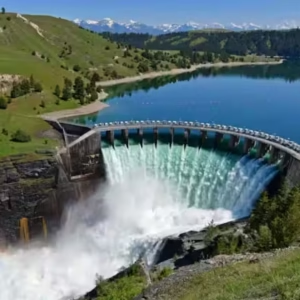
How It Works
Hydropower generates electricity by harnessing the energy of flowing water, typically through systems located near dams or rivers. As water flows through turbines, it spins them, converting kinetic energy into electrical energy. This renewable energy source is one of the oldest and most widely used forms of energy production globally.
Harnessing the Power of Hydropower
Hydropower captures the energy of water flowing from higher to lower elevations, utilizing both reservoirs and rivers. Reservoir hydropower plants depend on stored water, while run-of-river plants harness energy from the river’s natural flow.
Hydropower reservoirs serve multiple purposes, including providing drinking water, irrigation, flood and drought control, navigation, and energy supply.
As the largest source of renewable energy in the electricity sector, hydropower relies on stable rainfall patterns but can be negatively affected by climate-induced droughts and changes to ecosystems that impact precipitation.
The infrastructure required for hydropower can also harm ecosystems. For this reason, many advocate for small-scale hydro as a more environmentally friendly option, particularly for remote communities.
Managing Variability
To ensure a steady supply of electricity, hydropower systems are designed to manage water variability effectively. Dams play a crucial role by storing water and regulating its flow, particularly during dry seasons when water supply may be limited. Additionally, snowmelt during spring and summer provides an extra source of water, helping to maintain consistent energy production. This ability to adapt to seasonal changes makes hydropower a reliable and resilient energy source, capable of meeting fluctuating demands throughout the year, demonstrating that renewable energy sources are not affected by weather conditions.
Biomass Energy
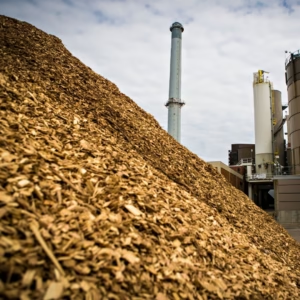
How it works
Biomass energy involves converting organic materials, such as plant and animal waste, into usable energy. This process is generally stable and not significantly impacted by weather conditions, as it depends on sustainable resources like agricultural residues, wood chips, and other organic materials that can be collected year-round.
Harnessing the Power of Biomass Energy
Bioenergy is derived from various organic materials, known as biomass, including wood, charcoal, dung, and agricultural crops, which are used for heat, power production, and liquid biofuels. In many developing countries, biomass is primarily utilized in rural areas for cooking, lighting, and space heating, often by lower-income populations.
Modern biomass systems incorporate dedicated crops, agricultural and forestry residues, and various organic waste streams. While burning biomass does produce greenhouse gas emissions, these are generally lower than those from fossil fuels like coal, oil, or gas.
However, bioenergy should be used judiciously, as large-scale bioenergy and forest plantations can lead to deforestation and significant land-use changes, potentially causing negative environmental impacts.
Technological Innovations
Recent advancements in bioenergy technology are improving efficiency and sustainability. Gasification converts biomass into synthesis gas (syngas) for electricity and fuels, resulting in lower emissions. Enhanced anaerobic digestion processes convert organic waste into biogas for heating and power. Second- and third-generation biofuels, made from non-food crops and waste materials, reduce competition with food production. Genetic engineering is focused on developing higher-yield and more resilient crops for bioenergy applications. Integrated biorefineries combine multiple biomass conversion processes to optimize resource use, while carbon capture and storage (CCS) technologies help mitigate emissions. Smart agriculture techniques, including precision farming and IoT technology, further enhance biomass production and minimize waste. Together, these innovations contribute to more efficient and environmentally friendly bioenergy systems, supporting the transition to renewable energy sources.
Geothermal Energy
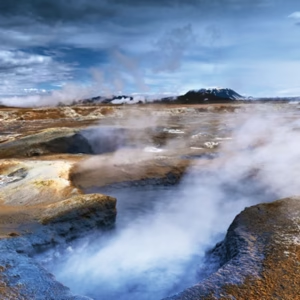
How it works
Geothermal power harnesses heat from deep within the Earth, providing a natural thermal energy source that is entirely independent of weather conditions. This makes it one of the most dependable forms of renewable energy, offering a consistent and stable supply of power. Unlike solar or wind energy, which can fluctuate with environmental factors, geothermal energy ensures a steady flow of electricity, making it a valuable contributor to a sustainable energy future.
Harnessing the Power of Geothermal Energy
Geothermal energy harnesses the thermal energy found in the Earth’s interior. Heat is extracted from geothermal reservoirs through wells or other methods.
We refer to reservoirs that are naturally hot and permeable as hydrothermal reservoirs, while we call those that are heated further through hydraulic stimulation-enhanced geothermal systems.
Once the heat reaches the surface, fluids at various temperatures can be utilized to generate electricity. The well-established and dependable technology for generating electricity from hydrothermal reservoirs has over a century of operational history.
Technological Innovations
Recent technological advancements in geothermal energy are enhancing its efficiency and accessibility. Enhanced Geothermal Systems (EGS) allow for extraction from previously non-viable areas by injecting water into hot, dry rock formations to create artificial reservoirs. Improved drilling techniques, such as directional and high-temperature drilling, enable more cost-effective exploration of deeper resources. Binary cycle power plants can utilize lower-temperature geothermal resources by heating a secondary fluid with a lower boiling point, expanding the range of usable geothermal energy. Additionally, advancements in geothermal heat pumps improve heating and cooling efficiency for residential and commercial use. The integration of monitoring technologies and data analytics optimizes operations, while hybrid systems that combine geothermal with other renewable sources enhance overall energy production. These innovations underscore the reliability of geothermal energy, demonstrating that renewable energy sources are not affected by weather conditions.
Common Misconceptions
1. Myth: Renewable energy is too expensive.
- Fact: The cost of renewable energy technologies, like solar and wind, has decreased significantly, often making them the cheapest sources of electricity.
2. Myth: Renewable energy is unreliable.
- Fact: Advances in technology and energy storage have improved the reliability of renewable sources, ensuring a steady power supply.
3. Myth: Solar panels only work in sunny climates.
- Fact: Solar panels can generate electricity even on cloudy or rainy days, although their efficiency may vary.
4. Myth: Wind turbines are harmful to wildlife.
- Fact: While wind turbines can impact local wildlife, studies show that they have a lower overall environmental impact compared to fossil fuels.
5. Myth: Renewable energy can’t meet global energy demands.
- Fact: With advancements in technology and infrastructure, renewable energy has the potential to meet a substantial portion of global energy needs.
6. Myth: Geothermal energy is only available in certain regions.
- Fact: Many areas can harness geothermal energy, not just those with volcanic activity, by utilizing enhanced geothermal systems.
7. Myth: Renewable energy sources are not suitable for large-scale power generation.
- Fact: You can deploy renewable energy at various scales, from small installations to large utility-scale projects, effectively contributing to the grid.
8. Myth: All renewable energy sources are equally sustainable.
- Fact: Some renewable sources, like biomass, can have negative environmental impacts if not managed sustainably, while others, like wind and solar, generally have fewer drawbacks.
9. Myth: Transitioning to renewable energy will destroy jobs.
- Fact: The renewable energy sector is creating millions of jobs in manufacturing, installation, and maintenance, often outpacing job growth in fossil fuel industries.
10. Myth: Renewable energy cannot support modern energy needs.
- Fact: With the right mix of technologies and energy management strategies, renewable energy can effectively power modern infrastructure and meet increasing energy demands.
Conclusion
Renewable energy presents a vital solution to our growing energy needs and environmental challenges. Despite common misconceptions about their reliability due to weather conditions, advancements in technology have significantly improved the performance of renewable energy sources. From solar panels that generate power on cloudy days to wind turbines designed for varying wind speeds, these innovations demonstrate the adaptability of renewable technologies. Furthermore, geothermal and biomass energy provide consistent power, largely independent of external weather factors. As we continue to embrace these sustainable energy sources, it becomes clear that they can effectively meet modern energy demands while mitigating climate change impacts. By understanding and addressing misconceptions, we can foster a more informed public perception of renewable energy’s potential, reinforcing that renewable energy sources are not affected by weather conditions.
FAQs
- Are renewable energy sources reliable?
Yes, modern technologies make them highly reliable even during weather changes. - How do solar panels work on cloudy days?
They absorb diffuse sunlight and still produce electricity. - What makes geothermal energy weatherproof?
Geothermal energy comes from underground heat, unaffected by surface weather. - Can wind turbines work without strong winds?
Yes, advanced designs operate efficiently at various wind speeds. - How do dams help hydropower in dry weather?
Dams store water and release it when needed to maintain power generation. - Is biomass energy affected by seasonal changes?
No, it uses sustainable materials like crop waste, which are always available. - Why are renewable energy sources sustainable?
They rely on natural processes that replenish constantly, unlike fossil fuels. - How do energy storage systems help renewables?
They store excess energy for use during low-production periods. - Are renewable energy sources more weather-dependent than fossil fuels?
Not significantly; advancements ensure consistent performance. - What’s the most reliable renewable energy source?
Geothermal energy, as it is unaffected by weather.
If you like reading this post, you may also like
Thank you for reading, for more interesting articles, visit our homepage.

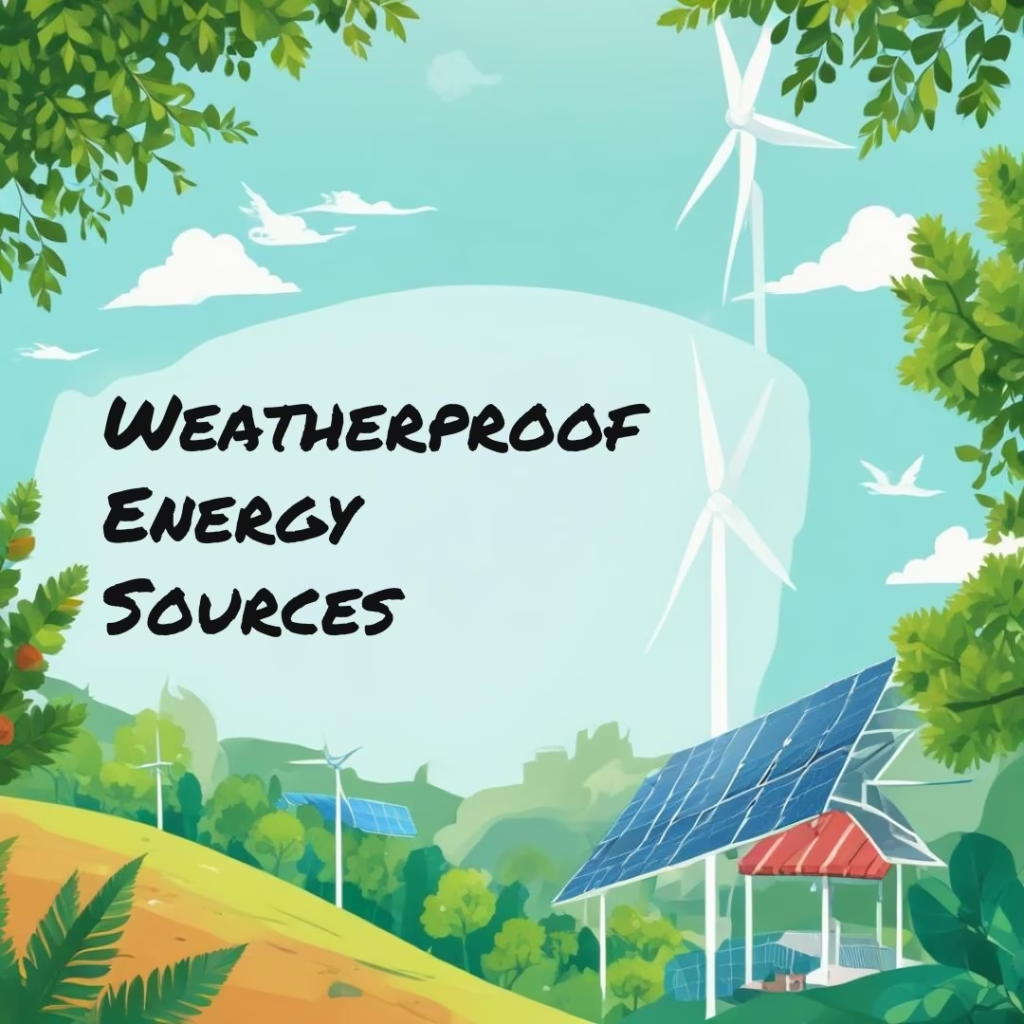
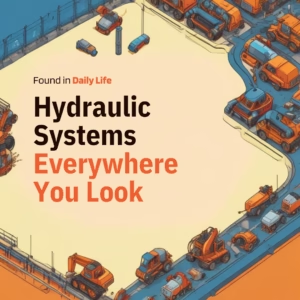





Pingback: Pure Water and Calories: Does Water Have Calories?